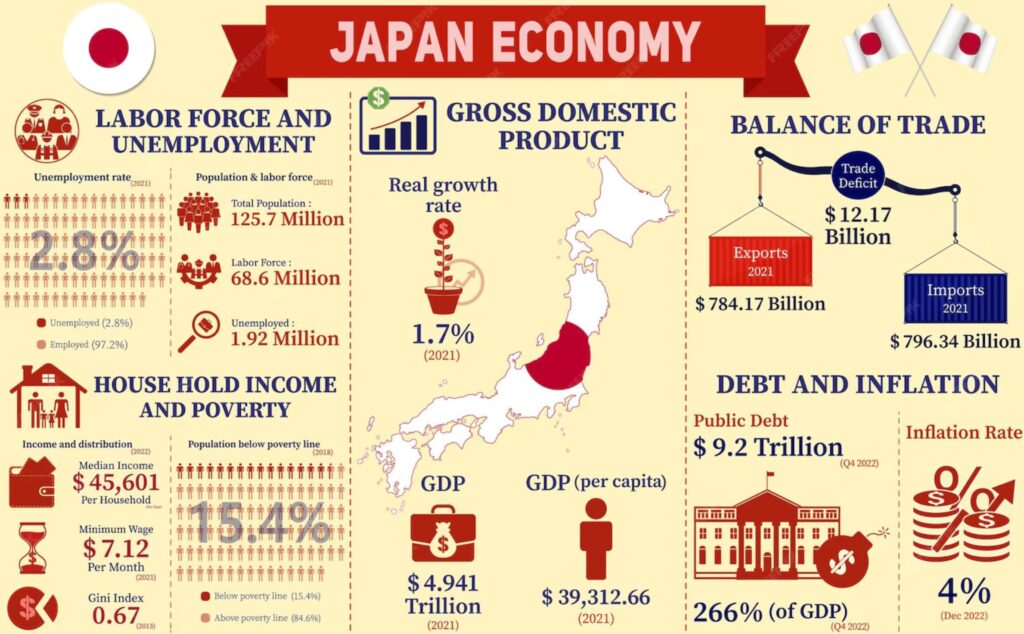
On September 4, 2025, President Trump signed an Executive Order (EO) enacting a newly negotiated U.S.-Japan trade deal.
The agreement introduces tariffs on Japanese imports, with broad implications for both countries’ economies.
U.S.-Japan Tariff Agreement Highlights
Baseline Tariff on Japanese Imports
The EO sets a baseline 15% tariff on nearly all Japanese imports. Products with less than 15% in current duty rates will be adjusted upward, while those already at or above 15% will remain unchanged.
Key Sectors Affected
-
Automobiles & Auto Parts: Designed to address long-standing trade imbalances.
-
Aerospace Products: Aims to protect domestic aerospace industries.
-
Pharmaceuticals: Generic drug imports now face new tariff structures.
-
Natural Resources: Tariff measures applied to products unavailable domestically.
Retroactive Application and Refunds
The tariffs apply retroactively from August 7, 2025. Importers may qualify for refunds under standard U.S. Customs and Border Protection (CBP) procedures.
Regulatory Oversight
The Commerce Secretary will define what qualifies as “products of Japan” and publish changes to the Harmonized Tariff Schedule (HTSUS) in the Federal Register within seven days.
Implications for U.S.-Japan Trade
This order replaces duties under EO 14257 and aligns U.S.-Japan tariffs with those for the EU under EO 14326. Experts suggest the tariffs could impact supply chains, consumer prices, and bilateral trade negotiations.